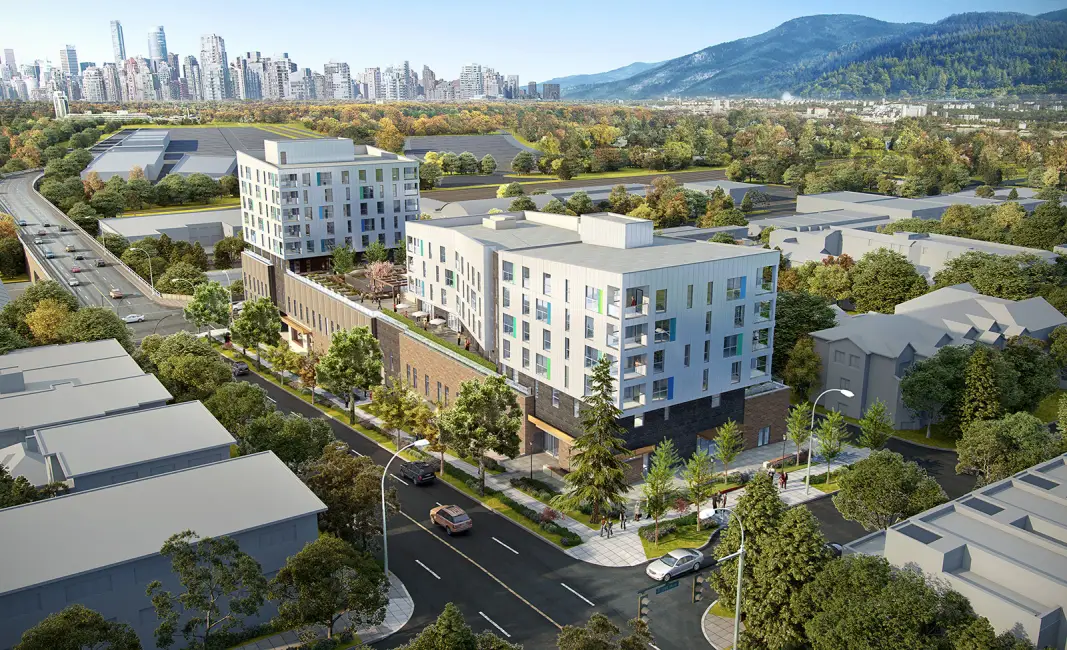Understanding Construction Project Delivery Methods: What is IPD in Construction?
In the dynamic world of high-rise construction, choosing the right project delivery method is crucial for the success of any mechanical contracting project, particularly when dealing with the complexities of commercial plumbing and HVAC systems. At True Mechanical, we specialize in providing top-tier mechanical solutions for high-rise buildings. In this article, we will explore the different construction project delivery methods—Design-Build, Design-Bid-Build, Design-Assist, and our preferred method, Integrated Project Delivery (IPD)—and discuss how each can impact mechanical contracting in commercial plumbing and HVAC. We’ll delve deeper into the IPD method, highlighting its advantages in complex, multi-stakeholder projects.
What is Design-Build?
Design-Build is a streamlined project delivery method where a single entity, often the contractor, is responsible for both the design and construction of a project. This approach fosters collaboration from the outset, as the design and construction teams work together under one contract.
Pros of design build:
- Single Point of Responsibility: With one entity overseeing the entire project, communication is simplified, and the risk of miscommunication is reduced.
- Faster Project Completion: Overlapping the design and construction phases can significantly reduce the overall project timeline.
- Cost Savings: The collaborative nature often leads to more cost-effective solutions, as the contractor can suggest design changes that reduce construction costs.
Cons of design build:
- Limited Client Control: The client has less oversight and involvement in the design process, which can lead to decisions that prioritize speed or cost over other factors.
- Potential for Conflict of Interest: Since the same entity is handling both design and construction, there’s a risk that one aspect may be compromised to benefit the other.

What is Design-Bid-Build?
Design-Bid-Build is the traditional approach to construction. The process is sequential: first, the project is designed, then it is put out to bid, and finally, a contractor is selected to build it.
Pros of design bid build:
- Clear Project Scope: The design is fully developed before the bidding process, providing a clear scope of work for contractors to bid on.
- Competitive Bidding: Since the project is put out to multiple contractors, this method often results in competitive pricing.
- Client Control: The client retains more control over the design and selection of the contractor.
Cons of design bid build:
- Longer Timelines: The sequential nature of this process can lead to longer project timelines, as construction cannot begin until the design is complete and a contractor is selected.
- Potential for Conflict of Interest: The separation of design and construction can lead to disputes if the design does not fully align with practical construction considerations.
- Cost Overruns: If there are design changes during construction, it can lead to increased costs and delays.
What is Design-Assist?
Design-Assist is a collaborative process where key subcontractors, such as mechanical contractors, are brought into the project during the design phase to provide their expertise. This input helps to refine the design with practical, constructible solutions.
Pros of design assist:
- Expert Input Early: Involving subcontractors early in the design phase ensures that the design is feasible and aligns with construction realities, particularly for complex systems like commercial plumbing and HVAC.
- Reduced Rework: By addressing potential issues early, the need for costly rework during construction is minimized.
- Improved Coordination: This method promotes better coordination among the design team and subcontractors, leading to a more integrated approach.
Cons of design assist:
- Higher Initial Costs: Bringing subcontractors into the design phase can increase initial costs due to additional consulting fees.
- Complexity in Management: Coordinating multiple stakeholders during the design phase can add complexity to project management.
4. What is IPD in Construction?
Integrated Project Delivery (IPD) is a highly collaborative project delivery method where all key stakeholders—owners, architects, engineers, and contractors—enter into a single, shared contract. This method aligns all parties’ interests and encourages collaboration throughout the project lifecycle, from design to construction.
Pros of IPD in Construction:
- Shared Risk and Reward: All stakeholders share in both the risks and rewards, which fosters a more cooperative environment and ensures everyone is working towards the same goals.
- Enhanced Collaboration: IPD promotes early involvement of all key players, leading to better communication and problem-solving.
- Reduced Waste: The collaborative nature of IPD helps to eliminate waste, whether in terms of time, materials, or resources.
- Innovative Solutions: With all parties working closely together, there is more room for innovation and creative problem-solving, especially in complex high-rise projects.
Cons of IPD in Construction:
- Challenging to Implement: IPD requires a significant cultural shift and a high level of trust among all parties, which can be difficult to achieve.
- Legal Complexity: The shared contract structure can be more complex to draft and negotiate compared to traditional contracts.
- Potential for Higher Initial Costs: The early involvement of all parties and the need for extensive collaboration can increase upfront costs.
The Advantages of IPD in Mechanical Contracting
What gives IPD meaning? When it comes to mechanical contracting for commercial plumbing and HVAC in high-rise construction, IPD offers several specific advantages:
- Optimized Mechanical Design: Early involvement of mechanical contractors allows for a design that is fully optimized for both performance and constructability, reducing the risk of costly changes later in the project.
- Improved Coordination: In high-rise buildings, where plumbing and HVAC systems must integrate seamlessly with other building systems, the collaborative nature of IPD ensures better coordination between all trades.
- Faster Problem Resolution: Issues that arise can be addressed more quickly and efficiently, as all stakeholders are working together from the outset.
- Enhanced Quality Control: With everyone sharing in the project’s success, there is a strong emphasis on quality and long-term performance, which is critical for complex mechanical systems in high-rise structures.
- Increased Efficiency: The reduction in waste and rework, combined with better planning and coordination, leads to a more efficient construction process overall.
True Mechanical is working with BC Housing, the City of Vancouver and Vancouver Coastal Health to build approximately 100 affordable rental homes, as well as a new withdrawal management centre for people seeking treatment for addictions.
IPD Canada
In conclusion, while each project delivery method has its own set of advantages and disadvantages, IPD in construction stands out as a particularly effective approach for complex high-rise construction projects. By fostering collaboration and aligning the goals of all stakeholders, IPD can lead to superior outcomes, particularly in the realm of mechanical contracting for commercial plumbing and HVAC systems. At True Mechanical, we’re committed to leveraging the best practices in project delivery to ensure the success of your high-rise construction projects.










